Best Meteor-Wrong Yet
by Mike Hankey, under Mason Dixon Meteor
As I reported a few days ago a farmer in Lancaster contacted me about some strange rocks he found on his farm. I went out to see the rocks and they were definitely strange and a little meteoric. My initial thoughts were the rocks were probably some sort of slag, but it was not a type of slag I recognized. When I encounter suspicious rocks I photograph them and send the pictures out to people that are more knowledgeable about meteorites than I am.
The next day I sent the pics out to the meteorite list and within 10 minutes I got 20 emails back that in effect said… “that looks like a meteorite / that could be a meteorite.” The members gave me suggestions on a few tests I could run that would help confirm if it was in fact a meteorite. The tests included a bulk density test, a window test and a nickle test. Several members suggested to ‘cut that sucker open’.
On site I did the bulk density test and the window test. Three of the rocks passed the bulk density test so this was a very positive sign. For the window test, using an electric sander we shaved away part of the rocks exterior so we could look inside. The window revealed small metal flakes that looked like chrondules. Unfortunately we also saw some vesicles (small holes/ air bubbles inside the stone.)At the time we did the tests it was dark and I thought the holes could have been caused by the sander.
When I got the rock home I took some pictures of the window and emailed them out to some meteorite experts. They quickly responded and told me holes = slag… no meteorite.
This was kind of a bummer, but a great learning experience. I was able to learn and execute two new field tests that I can use to help identify meteorites. I was also very happy that the farmer found these rocks and called me about them. Gideon, I’m sorry it doesn’t look like these are meteorites, but they are defineately the best meteor-wrongs I’ve found so far in this adventure. Thank you very much for finding them and calling me about them.
For learning purposes and to be extra sure I wanted to follow through with the two other tests. I ordered a nickle test online, but haven’t gotten it yet. I drove out to Haggerstown MD to Derik Bower’s house. Derik has a diamond bladed rock saw and offered to slice the rock for me. When I showed Derik the rock he laughed and said, “that really looks like a meteorite”. We cut up the rock and inside we could see air bubbles that essentially confirmed this is a meteor-wrong. If it weren’t for the bubbles it looks a little like this black meteorite slice. This rock has a lot of meteoric attributes inside and out, but the one thing that categorically rules out meteorite is air bubbles inside the rock.
The new tests to identify a meteorite I learned from this rock are:
– bulk density test
– tile test (scrape the rock on the backside of a bathroom tile. A real meteorite should not leave a mark)
– window test (shave off a small piece of the exterior and look inside)
– slice test (use a rock saw to cut off a slice of the rock)
– nickle test (google nickle allergy test, buy one, follow instructions. All meteorites should test positive.)
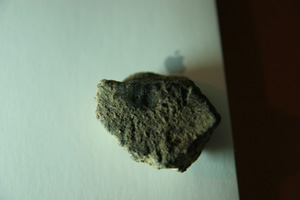
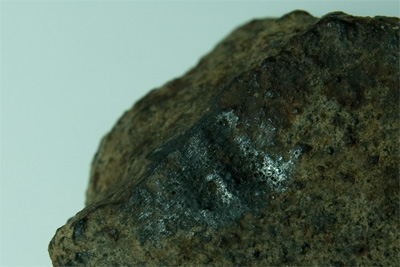
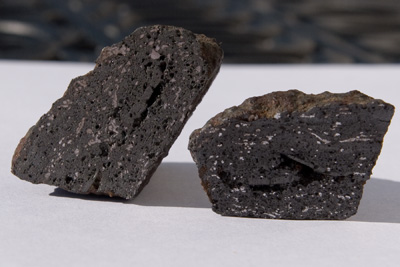
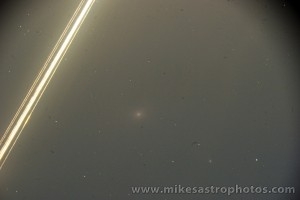
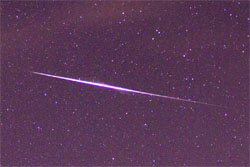
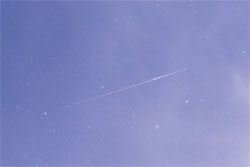
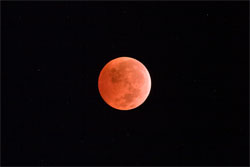
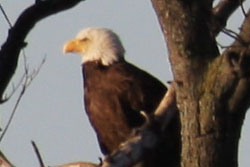

September 21st, 2009 on 12:55 am
It’s good you’re posting some of these meteor-wrong examples and some of the tests associated with identification. You might have a lot of people coming to your website because of your post cards and if they can learn how to tell the difference, that will save you a lot of hassle. Pennsylvania has got to be the slag capital of the cosmos. If you find your meteorite in PA, those sissies who’ve been hunting in the deserts of Africa and the vast ice sheets of Antarctica have got nothing on you!
September 21st, 2009 on 9:28 am
I couldn’t agree more, PA IS the biggest slag dump in the country and almost every good lead has led to meteor-wrongs. Awww how much easier it is in a wasteland where any black rock would be seriously out of place and collect some attention.
P:S: would you be able to post more in-depth information about the fireball?
You have great information about the fireball but haven’t revealed the calculations that you came up with to determine the location.
like the angle of entry, compass direction, or when the fireball reportedly might have burned out? ( Which indicates the height at 7-8 miles) This would help better define the search area, which I think covers too much area at the moment. This also could help lessen wildgoose chases and encourage more active approaches to this. smaller area=more probability of finds and more hands on searching by professionals especially when the corn harvest-replow fields time comes around.